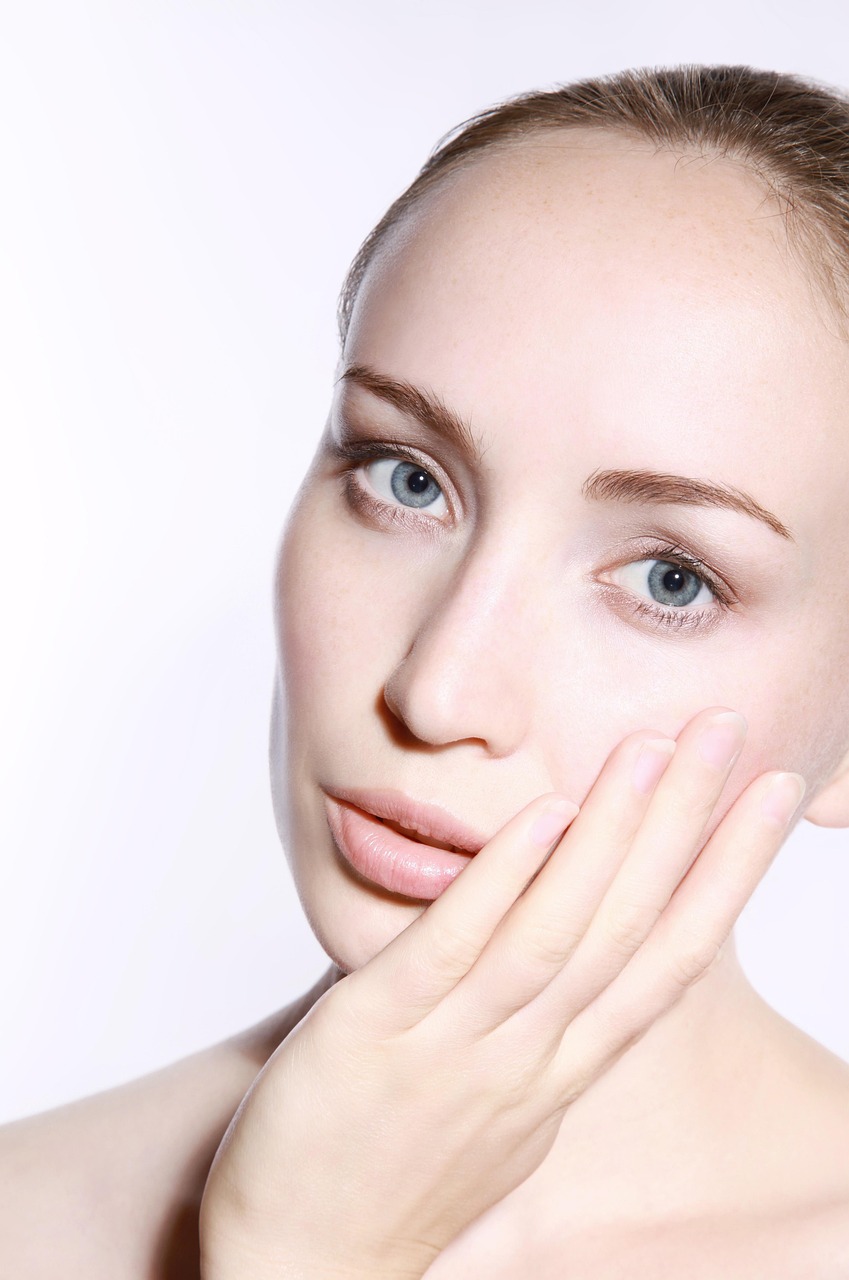Breaking the Ice: The Intriguing Health Potential of Cryotherapy
In the realm of health and wellness, the quest for novel, effective, and scientifically sound methods is unending. One approach that is currently piquing interest is cryotherapy. This article delves into the intriguing world of this cool therapy, its historical background, scientific developments, benefits, drawbacks, and the research supporting its use.

The Chill of the Past: Cryotherapy’s Historical Context
Cryotherapy, derived from the Greek words ‘cryo’ meaning cold, and ‘therapy’ meaning cure, is not a new concept. It has roots in ancient civilizations where cold therapies were used for their supposed healing properties. The father of Western medicine, Hippocrates, documented the use of cold in relieving swelling and pain. Fast-forward to the 20th century, whole body cryotherapy was developed in Japan in the 1970s for the treatment of rheumatoid arthritis. Since then, its use has spread globally, and its application has expanded.
The Cool Current: Cryotherapy Today
Today, cryotherapy is making waves in the wellness world. It involves exposing the body to extreme cold for a few minutes, with temperatures reaching as low as -200 degrees Fahrenheit. While it’s not a magic cure-all, research suggests that it may offer several health benefits.
The Freeze Factor: Benefits and Drawbacks of Cryotherapy
Proponents of cryotherapy cite various benefits, from improving skin condition to aiding muscle recovery and reducing inflammation. There’s also evidence suggesting it may aid weight loss and improve mood disorders. However, the science is still emerging and more robust studies are needed. On the downside, cryotherapy can be uncomfortable, and in rare cases, cause frostbite. It’s also not recommended for individuals with certain health conditions, like hypertension and heart disease.
The Ice Age: Research-Based Health Insights
Numerous studies have explored the effects of cryotherapy. For instance, research published in the Archives of Physical Medicine and Rehabilitation showed that it can reduce muscle pain and inflammation following intense exercise. Another study in the Journal of Clinical Psychology found that whole-body cryotherapy can significantly reduce symptoms of depression and anxiety. However, experts stress the need for more extensive research to fully understand the therapy’s potential.
The Frosty Facts: Fascinating Insights about Cryotherapy
- Cryotherapy can reach temperatures as low as -200 degrees Fahrenheit.
- Whole body cryotherapy was first used in Japan to treat rheumatoid arthritis.
- The therapy is increasingly popular among athletes for its supposed muscle recovery benefits.
- Some Hollywood celebrities swear by cryotherapy for skin rejuvenation and weight loss.
- Cryotherapy should not be used by individuals with certain health conditions, like hypertension and heart disease.
In conclusion, cryotherapy presents an intriguing blend of historical practice and modern wellness trend. While it offers several potential benefits, it is essential to approach it with a balanced perspective, understanding that more research is needed. This cool therapy may not be for everyone, but for some, it might just be the chill they need to enhance their wellness journey.





